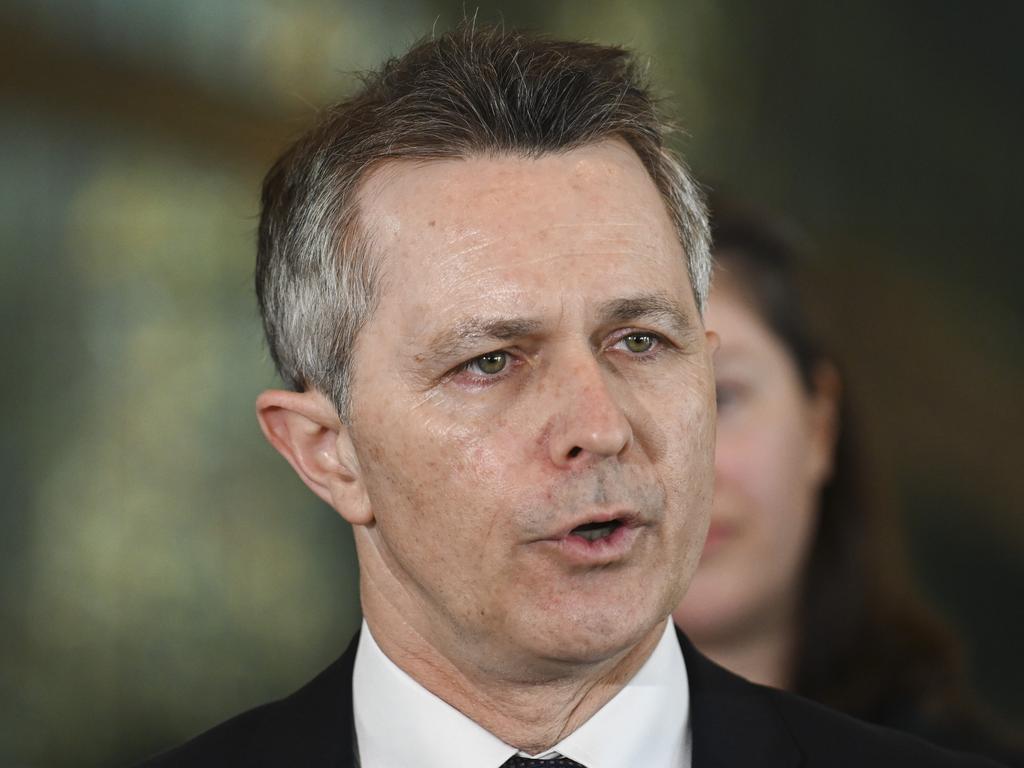Thousands of Australians saddled with more than $100,000 in HECS-HELP debt
New data has revealed the grim situation too many Australians are currently facing, with the number of six-figure HECS debts skyrocketing.
The number of Australians saddled with more than $100,000 in student debt has risen exponentially in the past few years.
New data from the Australian Taxation Office (ATO) shows just under 56,700 people currently have a six-figure HECS-HELP debt. This is a jump from the 47,847 people who were in this category last year.
During the 2018-19 reporting period the number of Australians with student debt over $100,000 was 22,514.
Over the past five years Australia’s total HECS-HELP debt figure has risen from $66.6 billion to more than $81 billion.
On June 1 this year, 2.9 million people were hit with a brutal increase to their student debts.
While HECS-HELP debt does not accrue interest, it is indexed for inflation every year on June 1, with those impacted seeing their debts rise by a significant 4.7 per cent this year.
It comes after debts rose by a 7.1 per cent last year – the biggest jump seen in 30 years.

This year, the Federal government announced a plan to wipe $3 billion in student debt for just under three million Aussies.
The proposed change, included in the May budget, will see the lower of either the Consumer Price Index (CPI) or the Wage Price Index applied to the indexation process. Currently, indexation is done in line with CPI.
Legislation still has to pass in order for the change to be applied – which won’t happen until later this year – but, once it does, it will be backdated to June 1, 2023 and the revised indexation rates will automatically be added by the Australian Taxation Office to people’s loans.
This means, last year’s 7.1 per cent indexation will be reduced to 3.2 per cent and this year’s will be reduced 4 per cent, instead of 4.7 per cent.
When the proposed change was announced, Education Minister Jason Clare said it was an “important reform that will make the HECS-HELP system fairer”.

“We’re going to backdate this to last year. In other words, we’re going to wipe out what happened last year and make sure it never happens again,” he said.
“For someone with an average HECS debt of about $26,000, this means that their HECS debt will be cut by about by about $1200.
“For someone with an HECS debt of $45,000, it will mean that their HECS debt is cut by about $2000.”
Along with indexation, another big point of contention about the HECS-HELP repayment process is the way in which the debt is paid off.
While payments towards your student loan debt are taken out of your pay in real time, that money is not coming off your debt at the same rate.
Instead, the ATO holds these funds as a credit until you file your tax return on or after July 1.
But, because indexation occurs before this on June 1, your past contributions are actually applying to the higher indexed rate, despite coming out of your pay much earlier.
This is one of the big factors contributing to the struggle many Australians are experiencing when trying to pay down their HECS-HELP debts.



